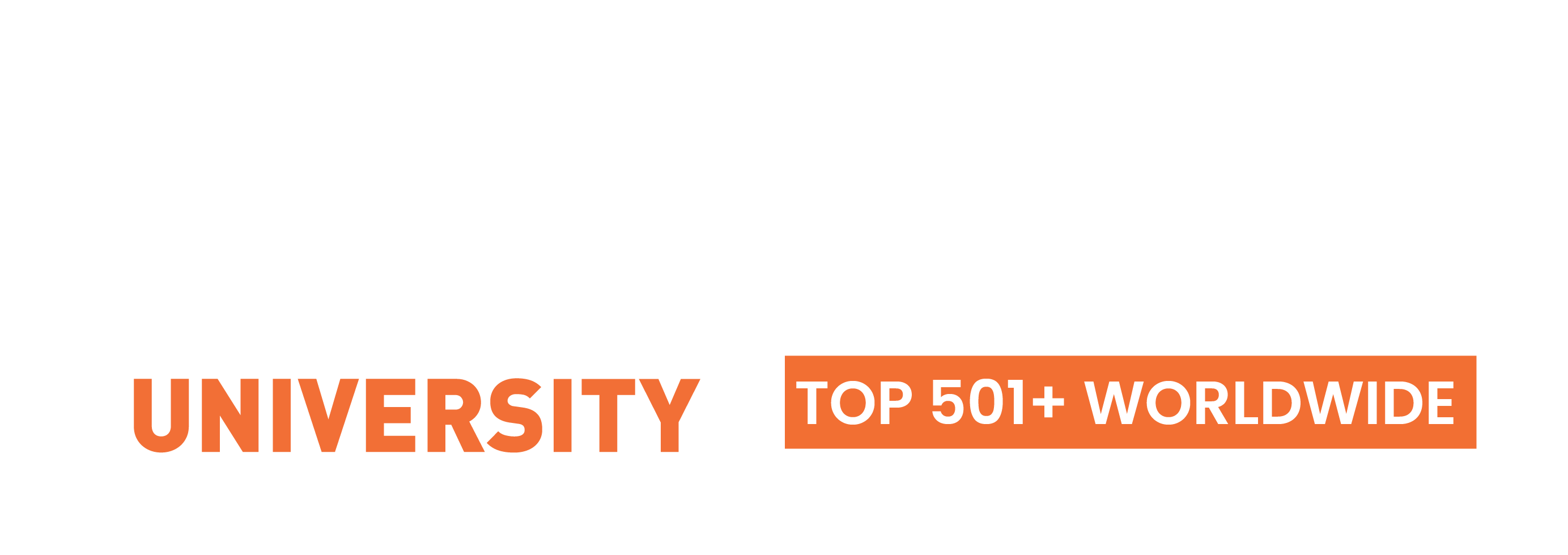Mô tả vắn tắt học phần
1. Tên học phần:
2. Ngôn ngữ giảng dạy:
3. Mã học phần:
4. Bộ môn phụ trách giảng dạy:
5. Trình độ:
6. Số tín chỉ:
7. Phân bổ thời gian:
- Đối với hoạt động trên lớp:
- Lý thuyết
- Làm việc nhóm, thảo luận:
- Đối với hoạt động tại phòng máy tính, phòng mô phỏng, …:
- Thực hành, làm việc nhóm, thảo luận
- Tự nghiên cứu, tự học
- Đồ án, Đề án, Dự án
- Thực tập
8. Tính chất học phần:
9. Ngành áp dụng:
Dữ liệu đang cập nhật...
10. Điều kiện tiên quyết:
11. Mục tiêu học phần:
12. Mô tả vắn tắt nội dung học phần:
The Public Sector Macroeconomics course is designed to provide basic knowledge and skills in the assessment and analysis of macroeconomic events and indicators, and to contribute to an improved understanding of the public sector. students in the process of implementing macroeconomic policies in other countries, especially in Vietnam. Subject knowledge will serve as the basis for the analysis of relevant problems in later applied subjects. In this course, we will study four fundamental areas: (1) the real economy, (2) fiscal policy, (3) monetary policy, and (4) the open economy. The real economy consists of the determination of aggregate variables in national accounts, such as GDP, GNI, employment, inflation, aggregate supply, and aggregate demand. Fiscal policy analyzes policy instruments – including taxation, public spending and investment, and government debt – and the transmission of fiscal policy to the real economy. The monetary sector explores the policy tools that central banks use to control the money supply directly and indirectly, the transmission mechanism of monetary policy to the real economy, and the role of monetary policy. central banks in the financial system in particular and the economy in general. The open economy section will study the balance of payments, the trade of goods and services with other economies, the movement of international capital flows and their effects, and the problem of external debt. , exchange rate policies and foreign reserves.
